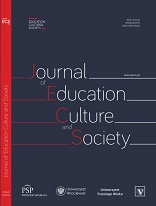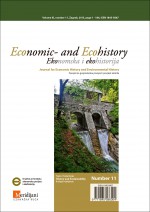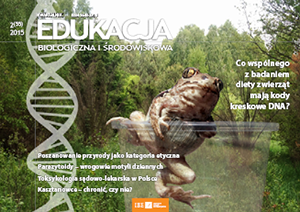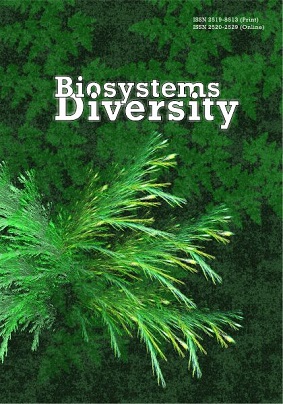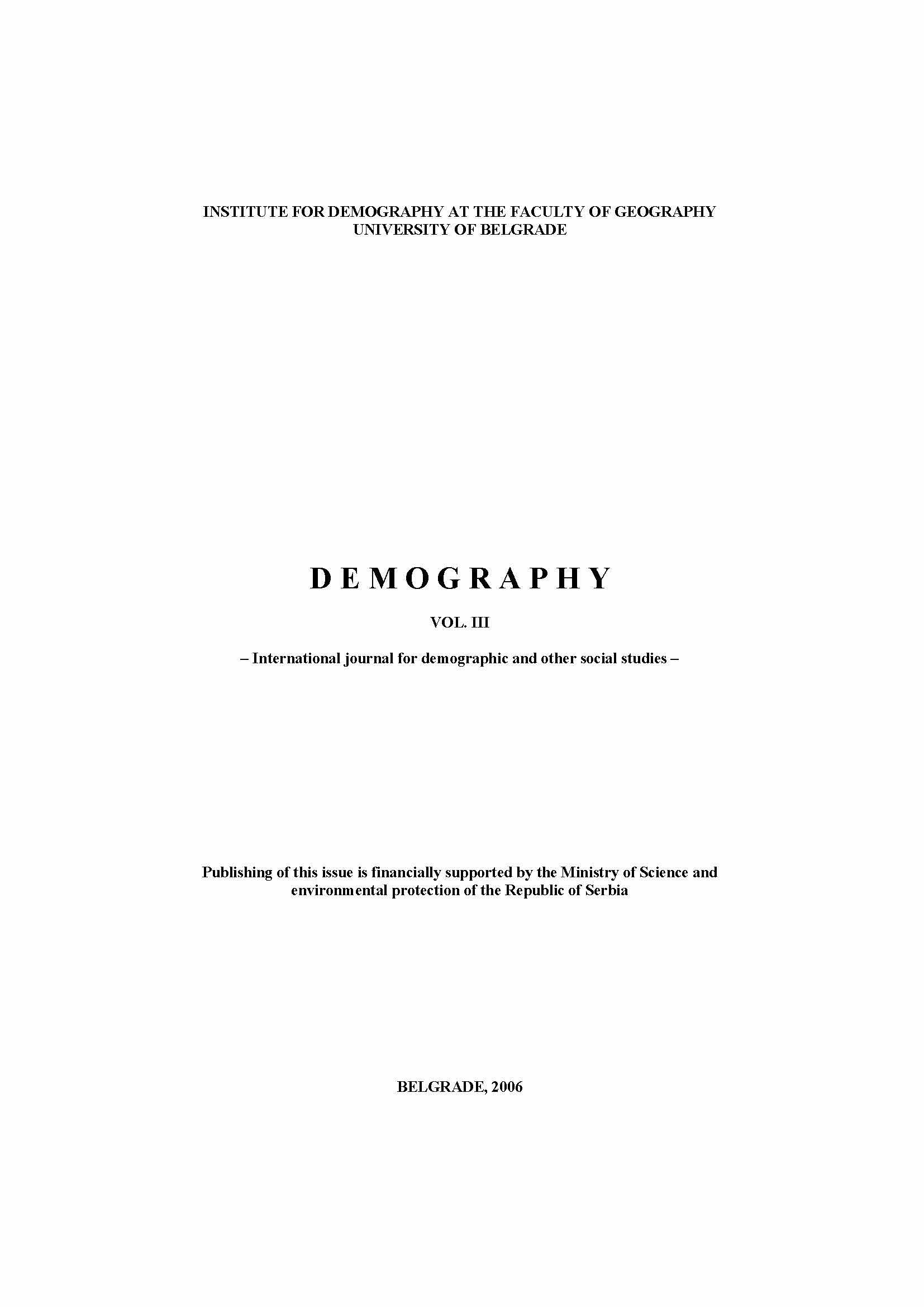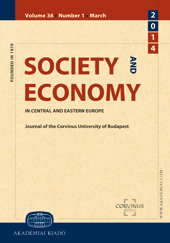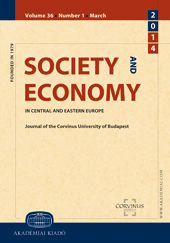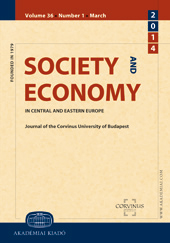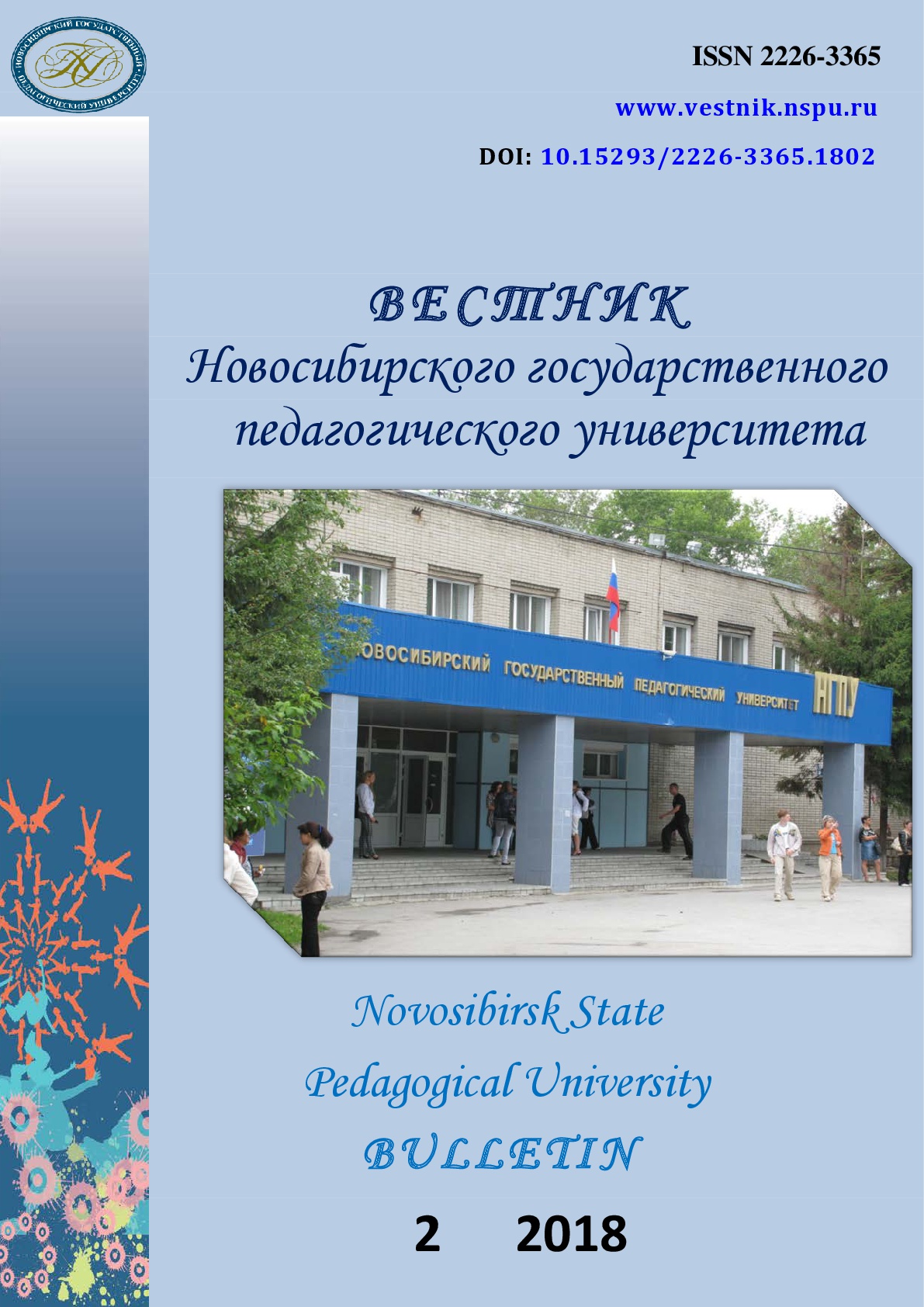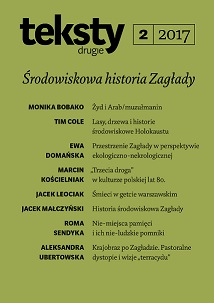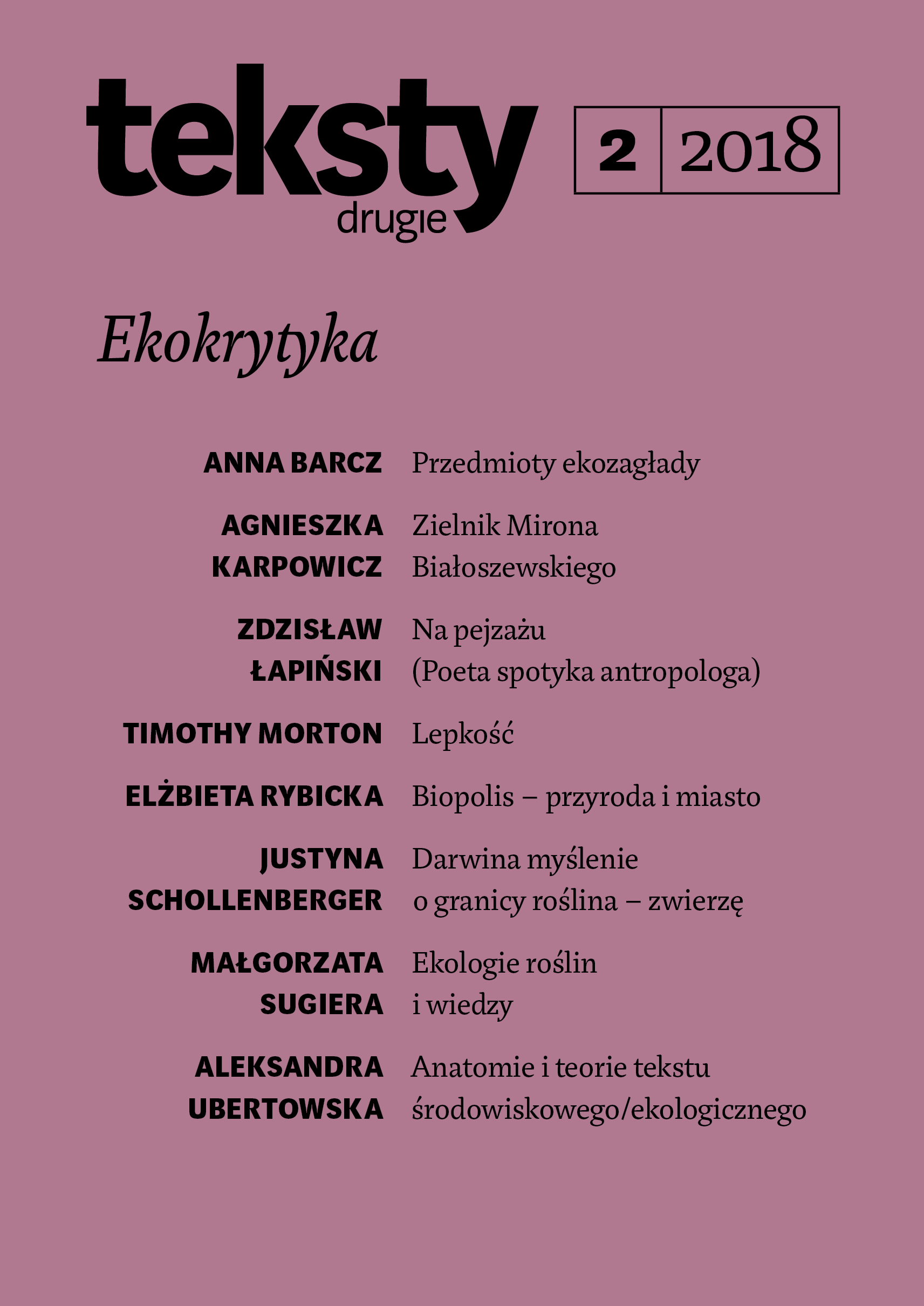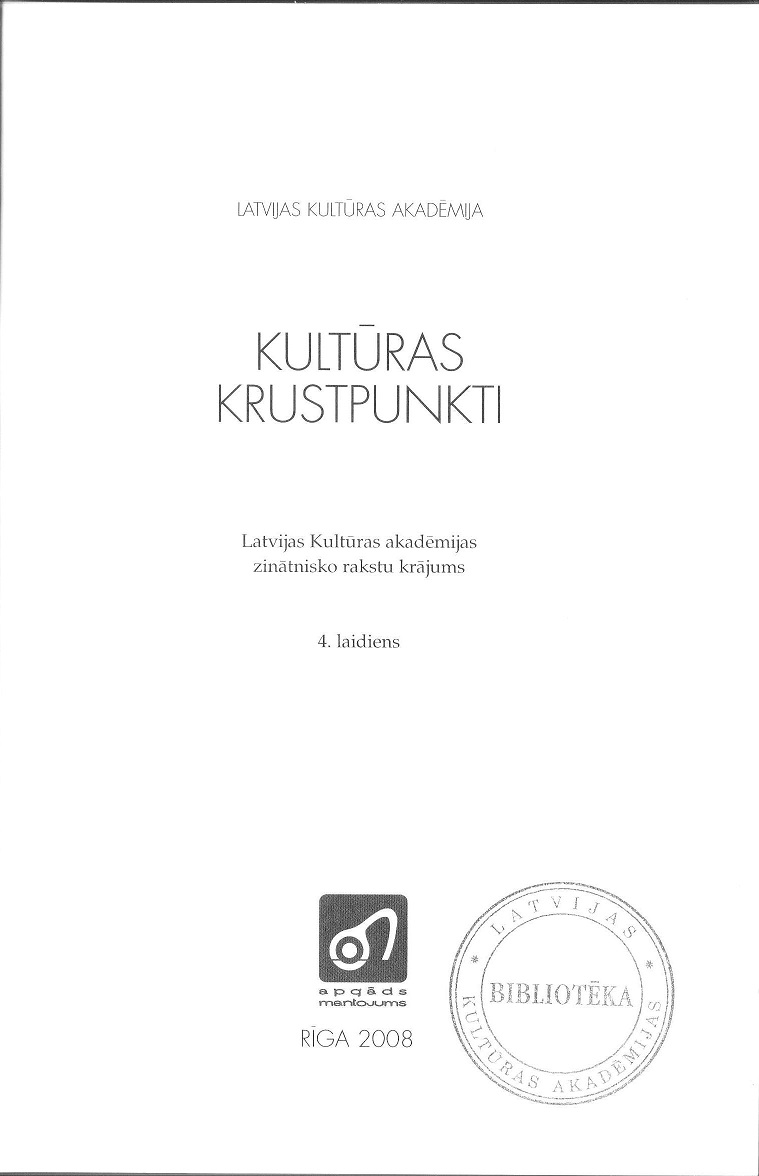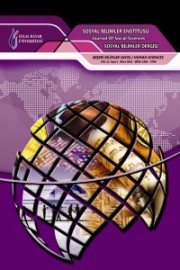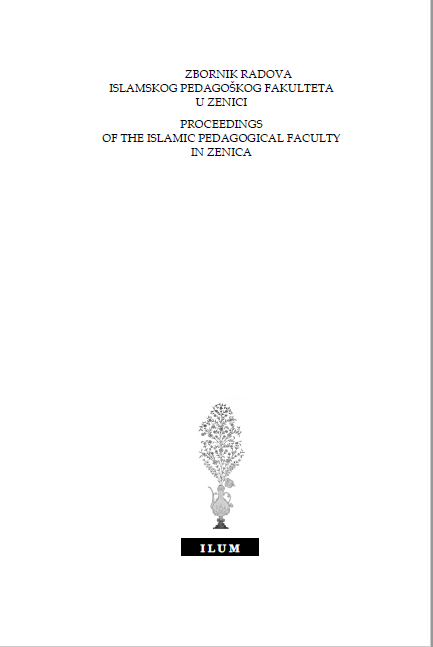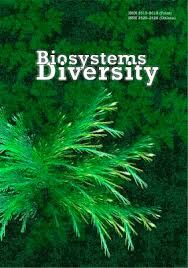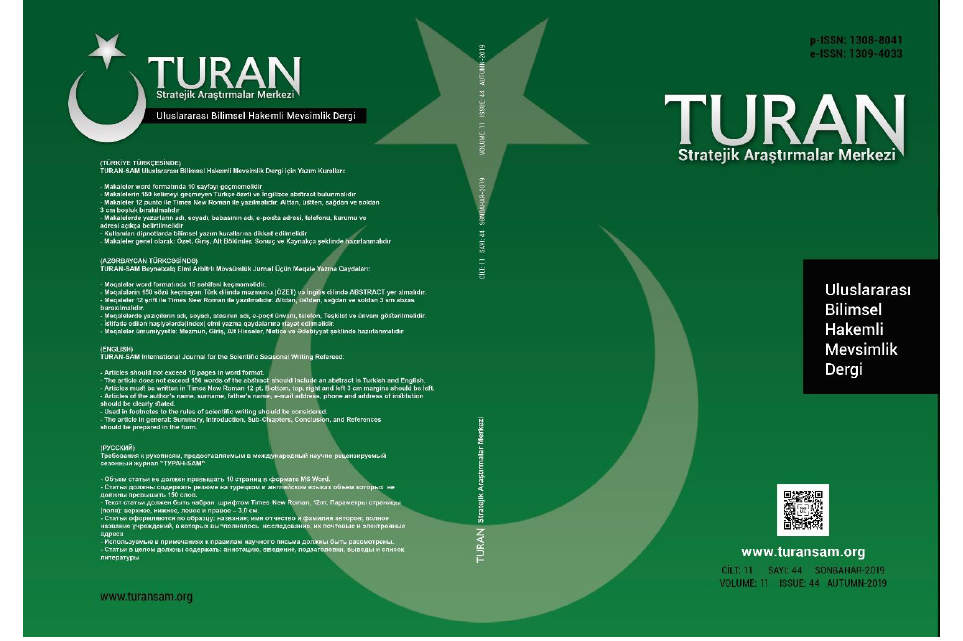Author(s): Kalimash Kapsamarovna Begalinova,Madina Serikbekovna Ashilova / Language(s): Russian
Issue: 2/2018
Introduction. The article considers the genesis of the education system, its transformation in contemporary economic and socio-cultural conditions. The purpose of this article is to analyze the consumer society and show what impact it has had on the system of modern education. Materials and Methods. The authors used general scientific methods of analysis, the synthesis of philosophical concepts, the dialectical method, the principles of historicism, and the unity of historical and logical. Results. It is shown that an essential characteristic of modern society is a continuous chain of consumption, which has become the main content of social life. The mass media, mass culture, fashion, and advertising contribute to promoting this idea. Taken together, they represent a powerful factor in social transformation, the transformation of consciousness, create new values (so called, pseudo-values), life strategies, ideas and ideals. The main results of the study indicate that the consumer society has had a serious impact on all spheres of human life, including the education system. In the modern world, education is deeply consumerized and simulated, devoid of moral and humanistic principles and content. Conclusions. Education, deprived of content and essence, will contribute only to the destruction of the world and man, and not to their development. The authors emphasize the role of the philosophy of education in the solution of the global educational crisis. To achieve this goal, it is necessary to return the education such essential features as: fundamental nature, humanization, and ecologization.
More...
